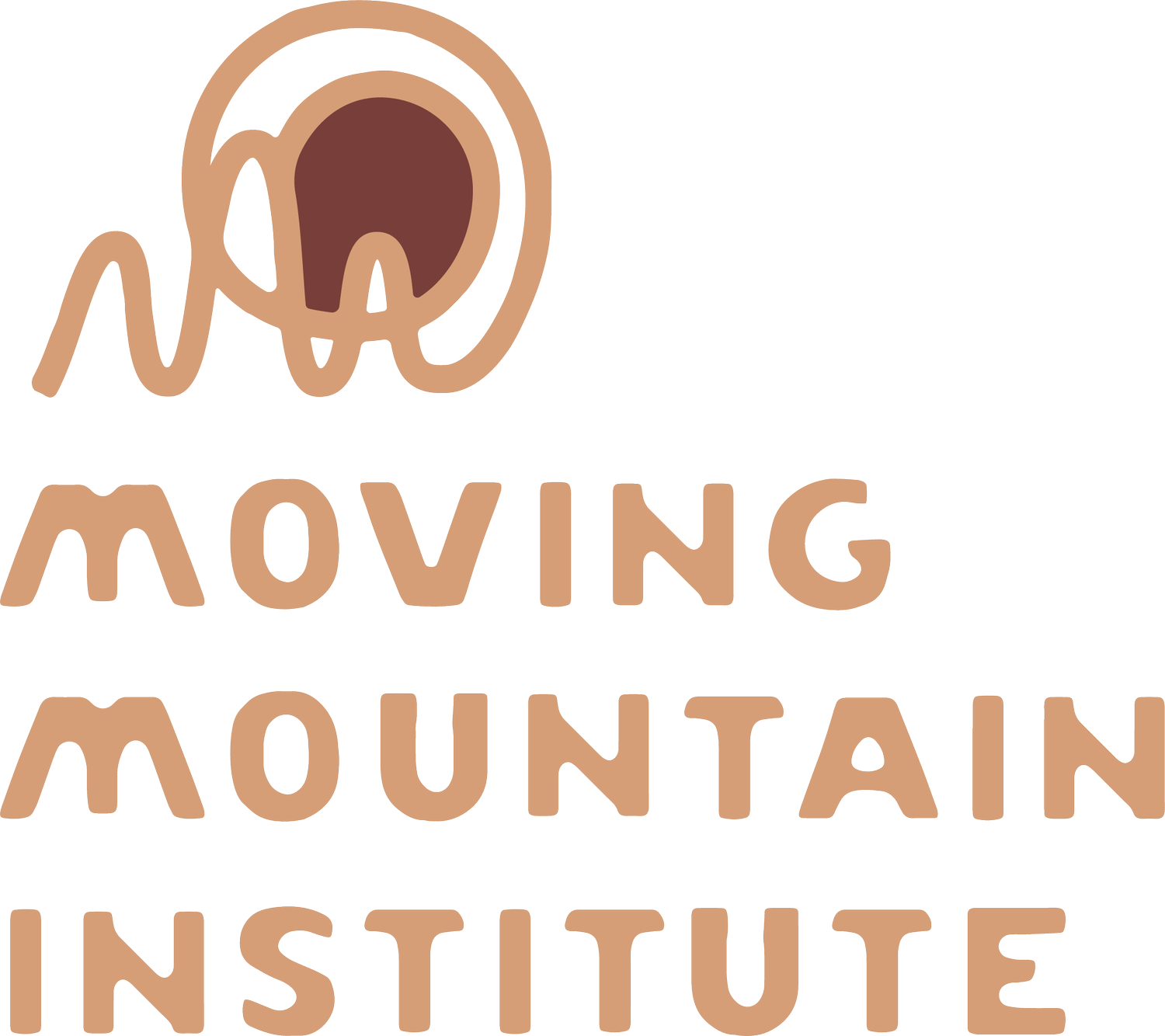An Article on the Long Thoracic Nerve
/Buenas Dias All!
I'm here at the computer, before a big day at the ski mountain, fulfilling the promise I made to the MFR I students over the weekend. While we were working with the serratus anterior and rhomboids I promised to send them this article on the Long Thoracic Nerve.
I love this article! It's so clear and it helped me to understand why some of the approaches I'd found for treating shoulder issues were so helpful. Somewhere along the line I began exploring treating the lateral ribs, just anterior and inferior to the lateral border of the scapula (or just below the armpit). I began working in both the intercostal spaces and on the serratus anterior and lat. I would do this either with the patient face down or on their side, with the affected side up. working in this area before other shoulder work seemed to really open up the whole shoulder. I wasn't so sure why, but just went with it.
Scapulothoracic Joint
Eventually, I began to understand why this was so helpful - doing this work was helping to release tension within the scapulothoracic joint - which I felt was like some secret joint that nobody ever told me about. The scapulothoracic joint is the joint formed by the scapula and the posterior ribs undrneath it. Weird, huh? It's not such an obvious joint. But, the scapula needs to glide and move on those ribs for the rest of our shoulder to work properly. The joint is referenced clearly in the Trailguide to the Body, which was my anatomy book in massage school, and I went through a whole acupuncture program - but I just didn't recall it ever really being emphasized. Secret's out! This joint is muy importante, the most important, in treating shoulder problems.
One of the main muscles that is involved in the dynamics of the scapulothoracic joint is the serratus anterior. It's maybe not your first thought when somebody comes in complaining of shoulder pain. Fair enough. It is one of the main muscles that lay between the anterior surface of the scapula and the posterior surface of the ribs. It helps move the scapula, especially when lifting our arms above our heads.
So, my shoulder work evolved to include a lot of work on the ribs and the lateral border of the scapula - all before ever really getting into the dynamics of the rotator cuff. As I started studying Anatomy Trains more deeply I came to the next realization:
The Serrato-Rhomboid Complex:
Tom Myers explains really clearly how the rhomboids and the serratus anterior essentially form one musculo-tendinous structure that moves from the upper thoracic vertabrae to the scapula to the lateral ribs. The scapula is like a little island in this sea of myofascia. Thr rhomboids and the serratus anterior share a common tendon at the medial border of the scapula. On dissection it has been found that this tendinous link between the two muscles is stronger than either muscles connection to the scapula itself. The two together have a lot to say about the freedom of the scapulothoracic joint. The serratus anterior especially can inhibit the movement of the scapula.
Why the Long Thoracic Nerve?
Well, it is the motor nerve for the serratus anterior. If it is impinged along its path it will inhibit movement of the serratus anterior and thus the scapulothoracic joint. Because it is a motor nerve and not a sensory nerve people often are not complaining of pain in this area - that's why we have to know where to look - remember, where it is, it isn't...
The nerve exits the cervical region between the scalenes, at the level of the mid cervicals, moves between the clavicle and first rib and travels along the lateral ribs. It can become stuck anywhere along this pathway. Myofascial work is one of the best ways to free up stuck nerves. The nerves live within the myofascial milieu and tension or inflammation within the myofasica can be enough to irritate a nerve such that it will cause dysfunction.
Techniques such as the serratus-anterior rhomboid release and gentle myofascial work with the scalenes and pec minor can all help free up this nerve pathway. In Myofascial Release for the Neck and Shoulder we cover this region in depth.
Next time you see somebody with shoulder pain, consider exploring some of these regions. Hopefully, it will help you help your patients!
We have Myofascial Release for the Neck and Shoulder coming up June 2 - 3. Let me know if you have any questions about the upcoming courses. If you have registration questions you can email info@movingmountaininstitute.com
best,
michael




